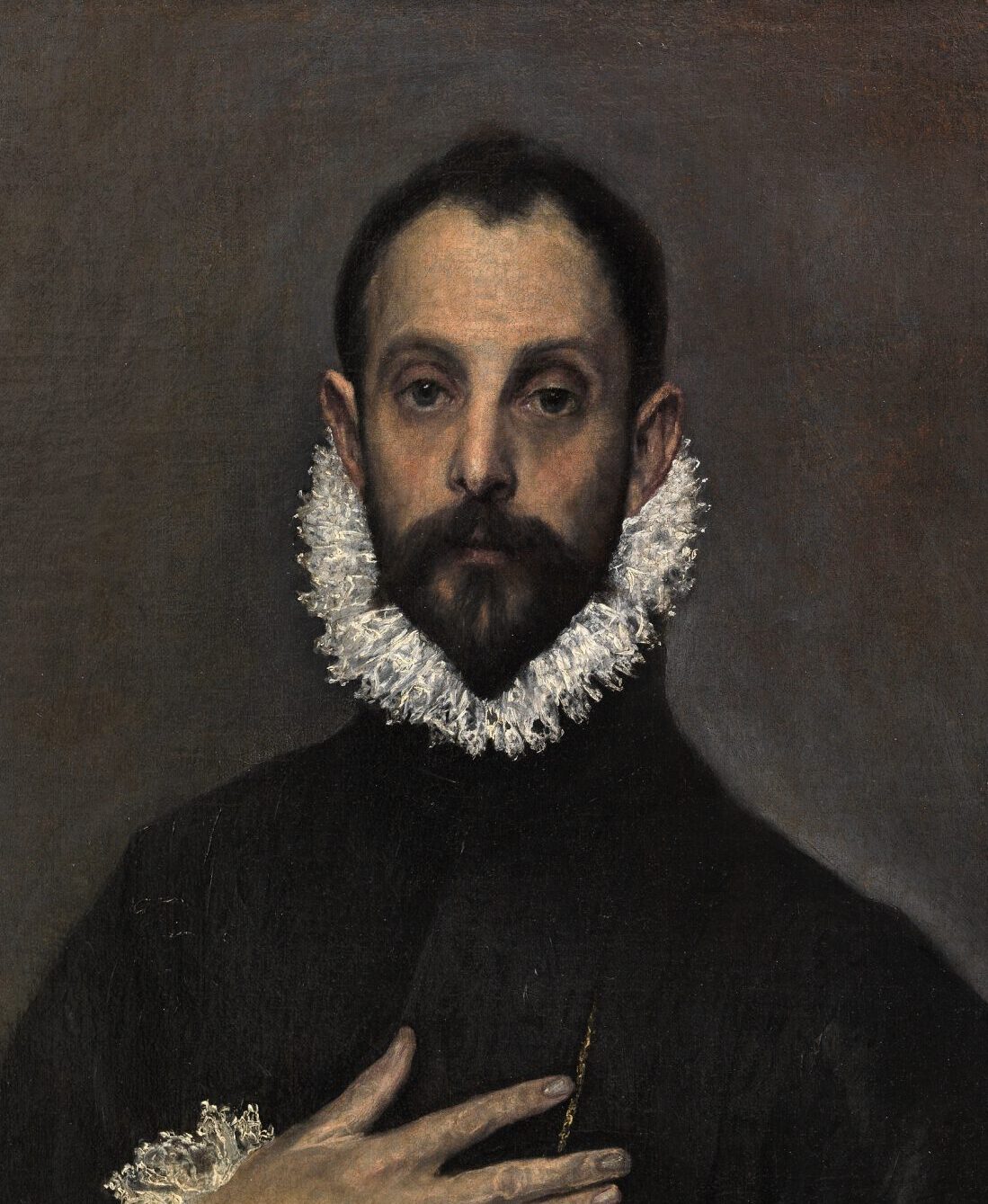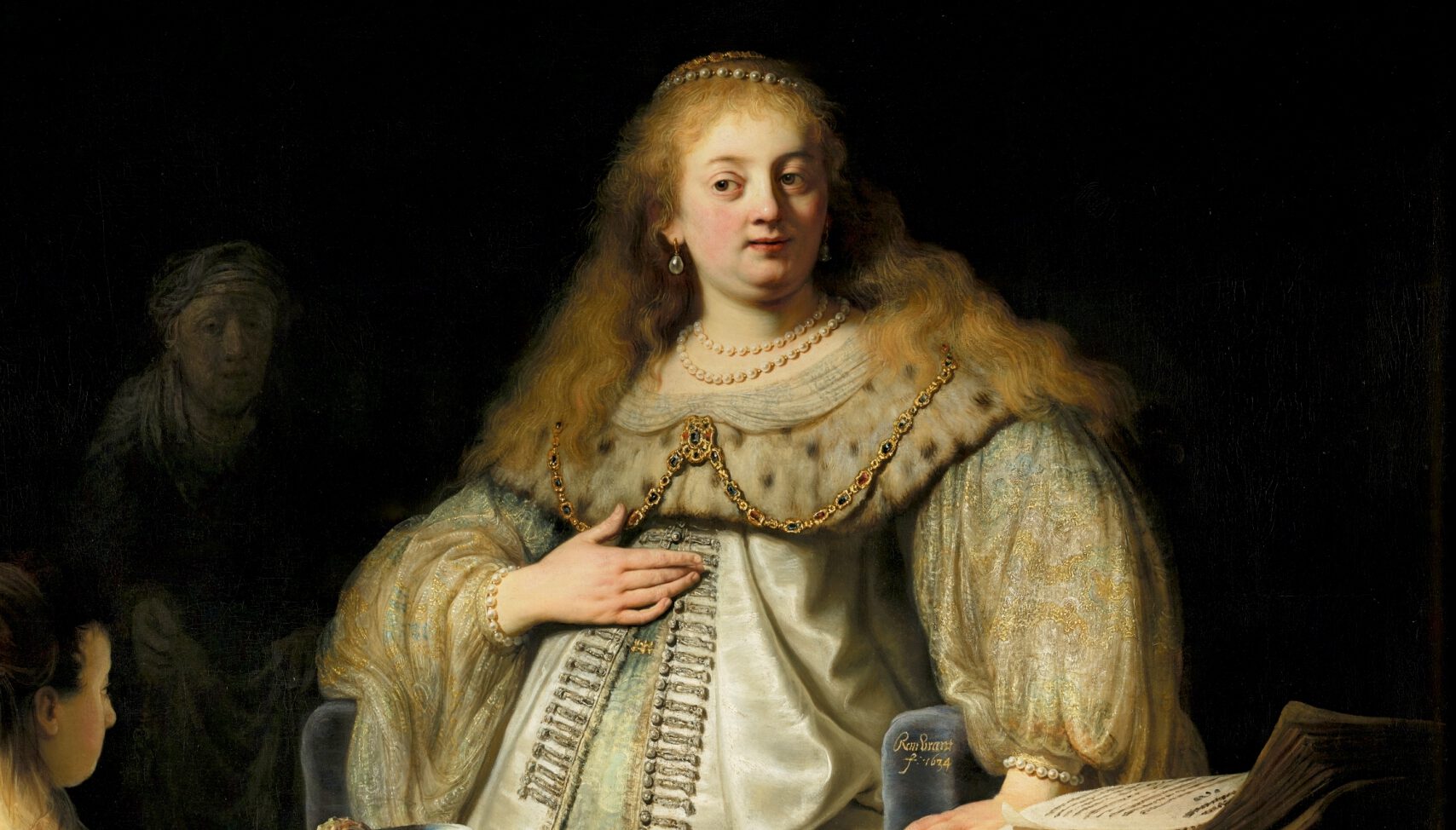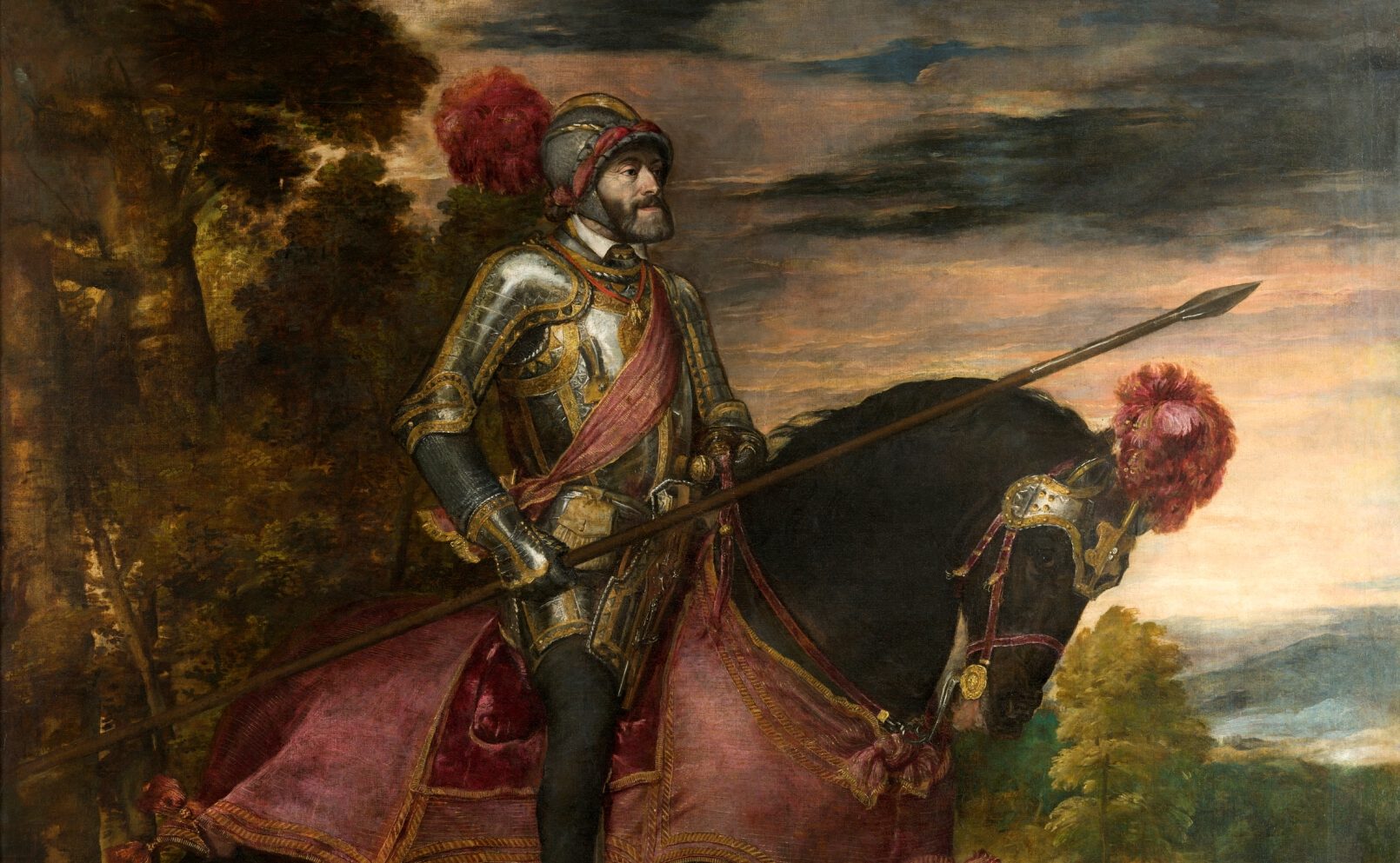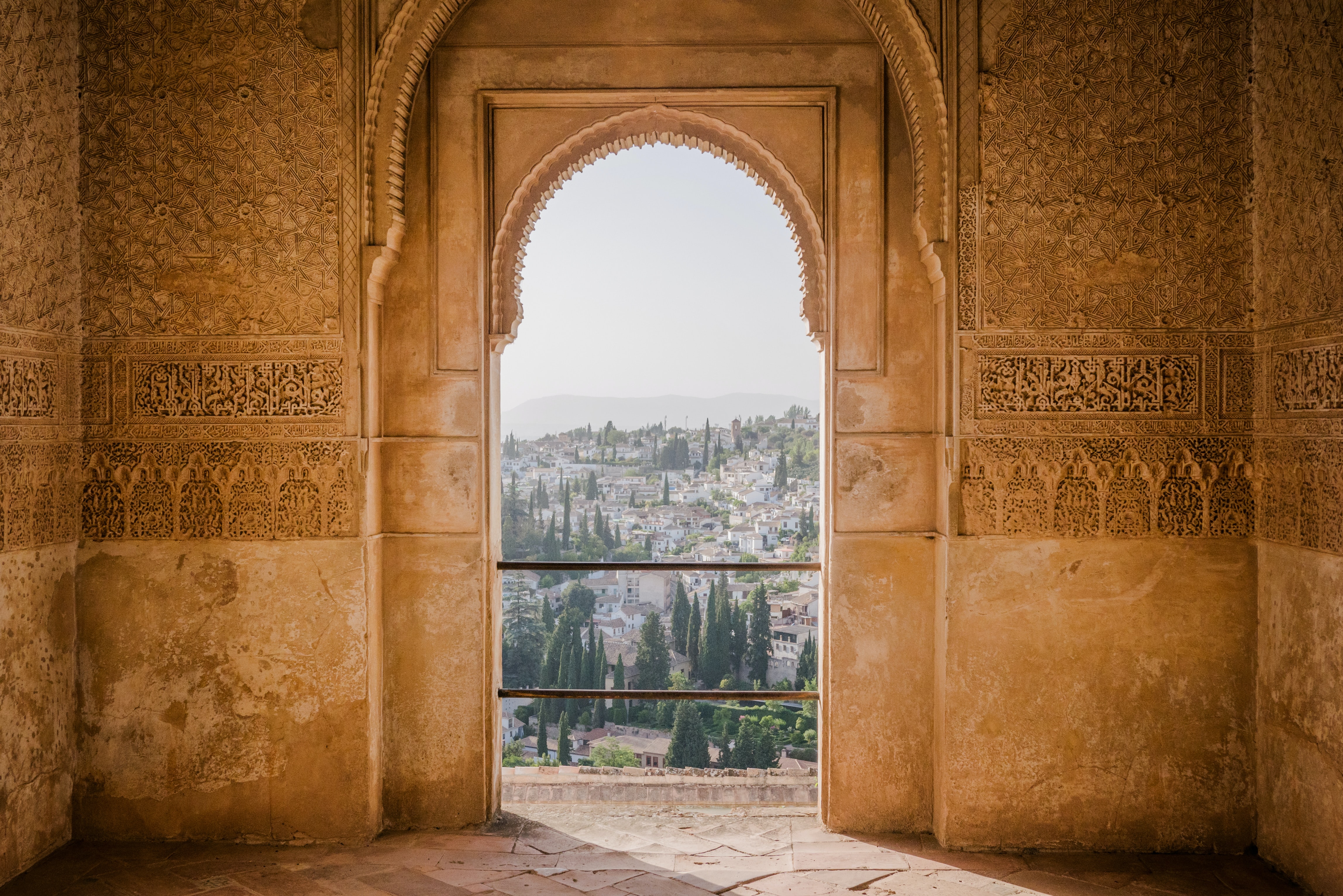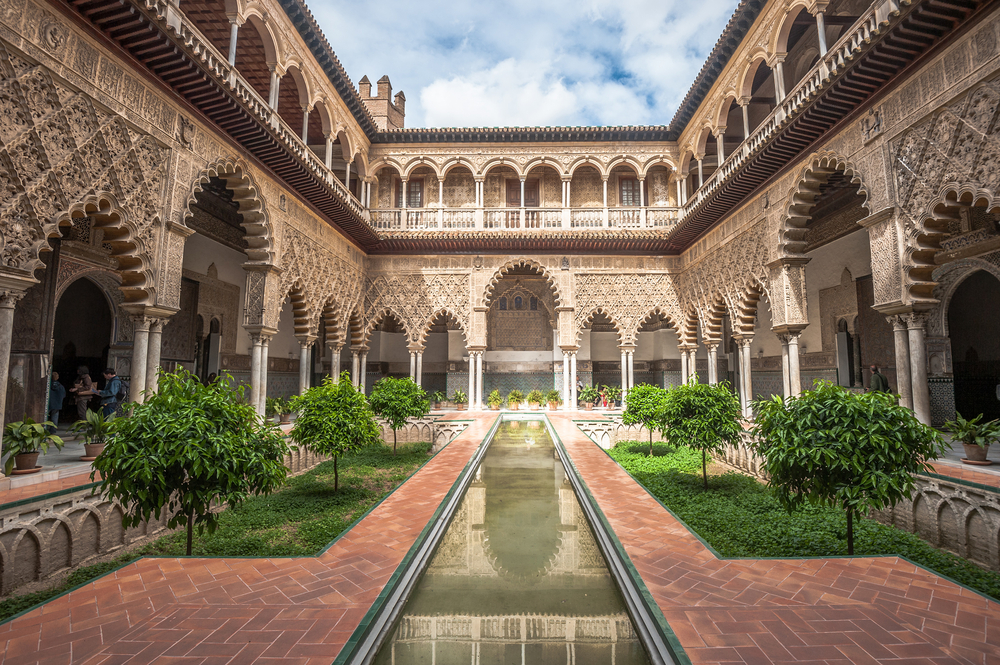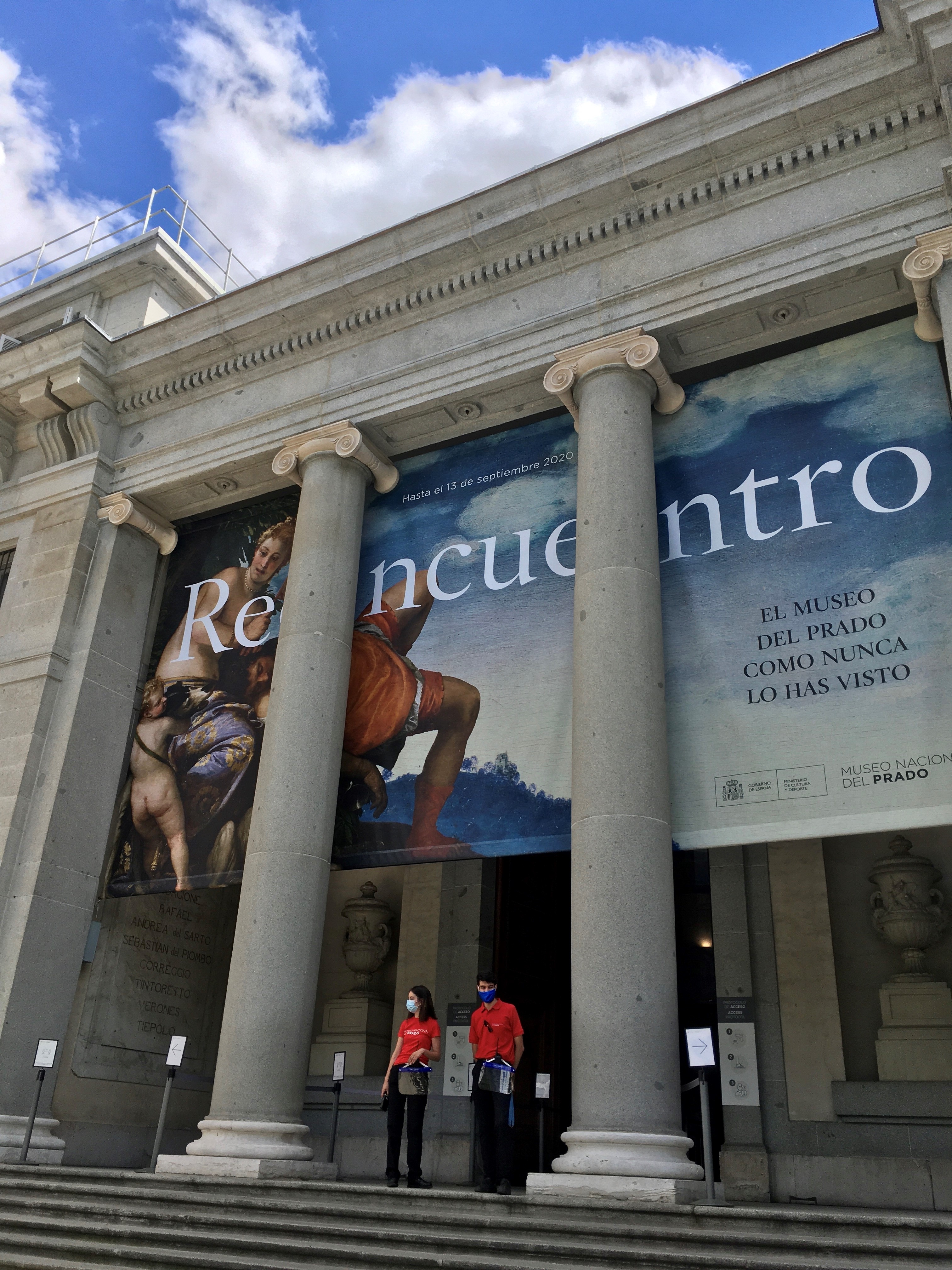Cristina’s Top 10 Paintings from the Prado
Cristina, Madrid & Beyond Insider
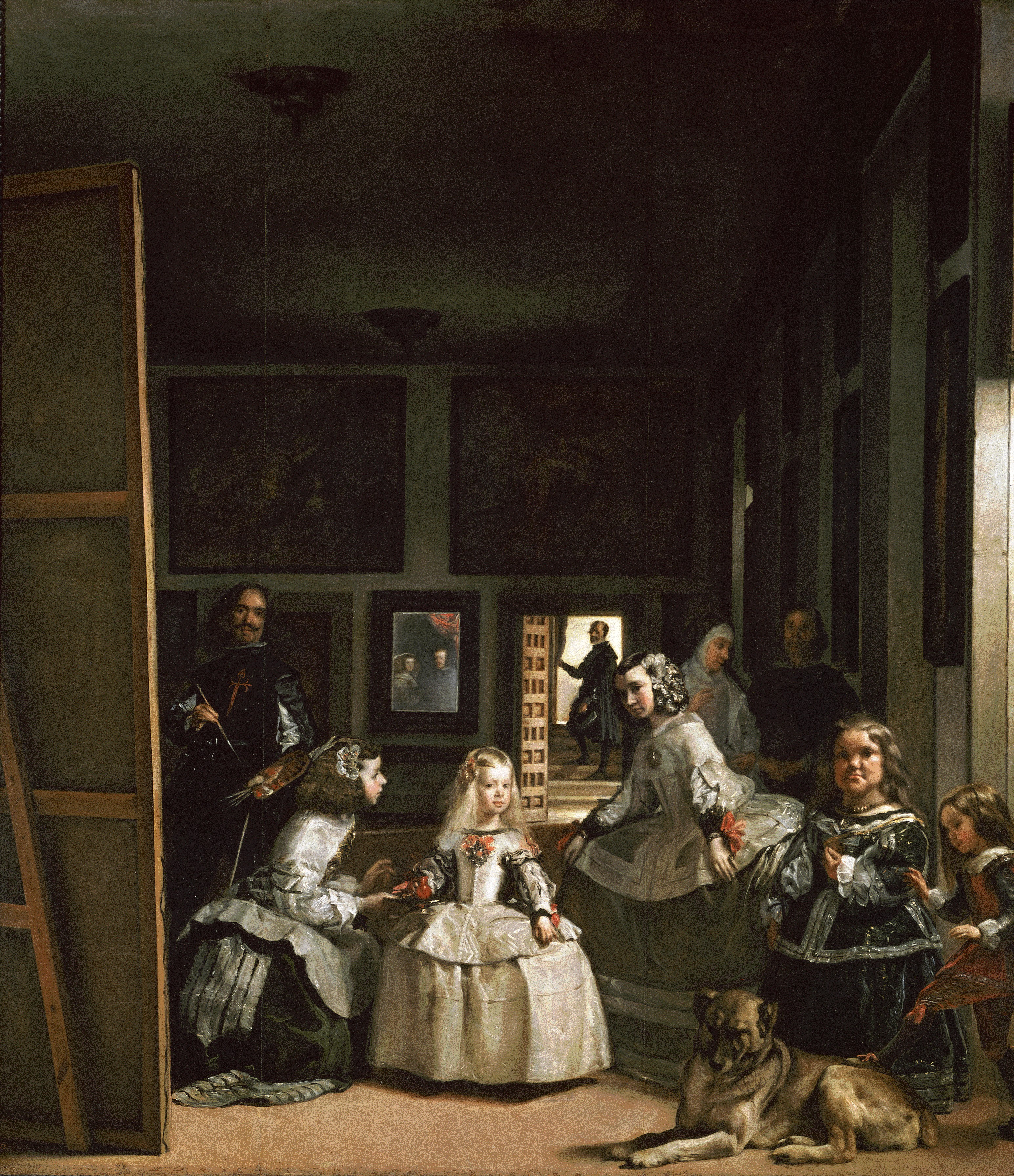
Cristina, an official guide for 20 years and a Madrid & Beyond stalwart, is a history major who has spent many hours studying the masterpieces in the world-renowned Prado Museum in Madrid. We challenged her to share her 10 favorite paintings with us for this year’s World Art Day. You may not be able to get to the museum right now, so take a virtual and chronological tour with Cristina instead!
- Fra Angelico: The Annunciation (c. 1425)
Fra Angelico focused his work exclusively towards religious subjects as he understood art to be an aspect of religious devotion. - van der Weyden: The Descent from the Cross (before 1443)
The immense power of this painting lies in its realism and the artist’s attempts to understand the emotional reactions of the protagonists while also spurring the feelings and thoughts of the viewer. - Bosch: The Garden of Earthly Delights (c. 1490)
The Garden of Earthly Delights is one of the most enigmatic paintings by Bosch. It reads starting from The Garden of Eden on the left to the final panel on the right representing the inferno. This painting was later to influence the Surrealist movement in the early 20th century. - Dürer: Self-Portrait (1498)
Here Dürer portrays himself as a gentleman to elevate his social status from that of craftsman to artist. - Titian: Emperor Charles V at the Battle of Mülberg (1548)
This portrait commemorates Charles V’s victory over the conflicts triggered by Martin Luther, that brought forth the Protestant Reformation. It is powerful to see this very piece of armor has survived and can be admired in the Royal Armory in the Royal Palace in Madrid. - El Greco: The Nobleman with his Hand on his Chest (c. 1580)
El Greco, “the Greek” painted this bust-length portrait around 1580. The sitter, aged around 30, is dressed according to Spanish fashion of the late 1570’s with a narrow, white ruffled collar that reaches up and frames his head. He may be a military commander of Toledo, which would explain the solemn gesture of the hand, depicted in the act of taking an oath. - Rubens: The Three Graces (1630-1635)
This painting refers to the three graces according to Hesiod’s “Theogony”. Born of one of Zeus’s affairs, the three virgins serve Aphrodite, the goddess of love and are always depicted in a festive mood. The figures are based on classical sculpture, which is visible in the artist’s effort to reproduce the coolness of marble in their flesh. - Rembrandt: Judith at the Banquet of Holofernes (1634)
The only painting by Rembrandt in the Prado’s collection, this work is part of a small group of paintings portraying goddesses or heroines of antiquity. - Velázquez: Las Meninas (1656)
Possibly the most famous painting in the whole collection, this masterpiece is one of Velázquez’s largest paintings, a complex composition that gives a snapshot into 17th-century court life with a dense network of meanings. It was painted in 1656 in the old Alcazar of Madrid, the Hapsburg palace and most of the figures can be identified: in the center, Princess Margarita is attended by two of the Queen’s maids of honor or “meninas”, while the artist has depicted himself working on his large canvas and King Philip IV and Queen Marianna reflected in the mirror. - Goya: The 3rd of May 1808 (1814)
Considered the first “antiwar” statement in the history of art, The 3rd of May 1808 depicts the execution of Madrileños by firing squad in reprisal for their participation in the uprising against the French occupation on May 2, 1808. The painting shows the true victims of war and was to influence many artists such as Picasso whose “Guernica” is held in the nearby Reina Sofía Museum in Madrid.
